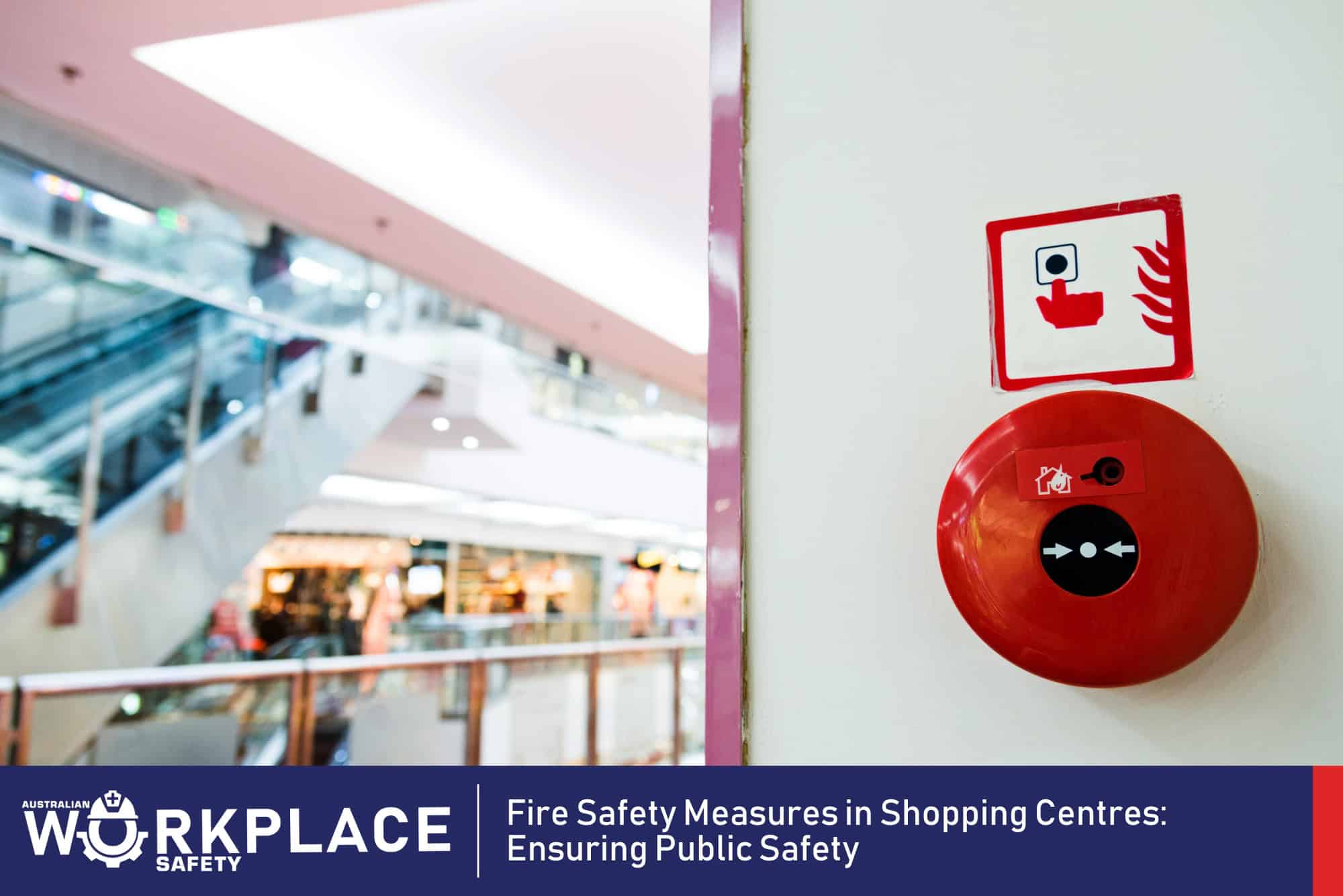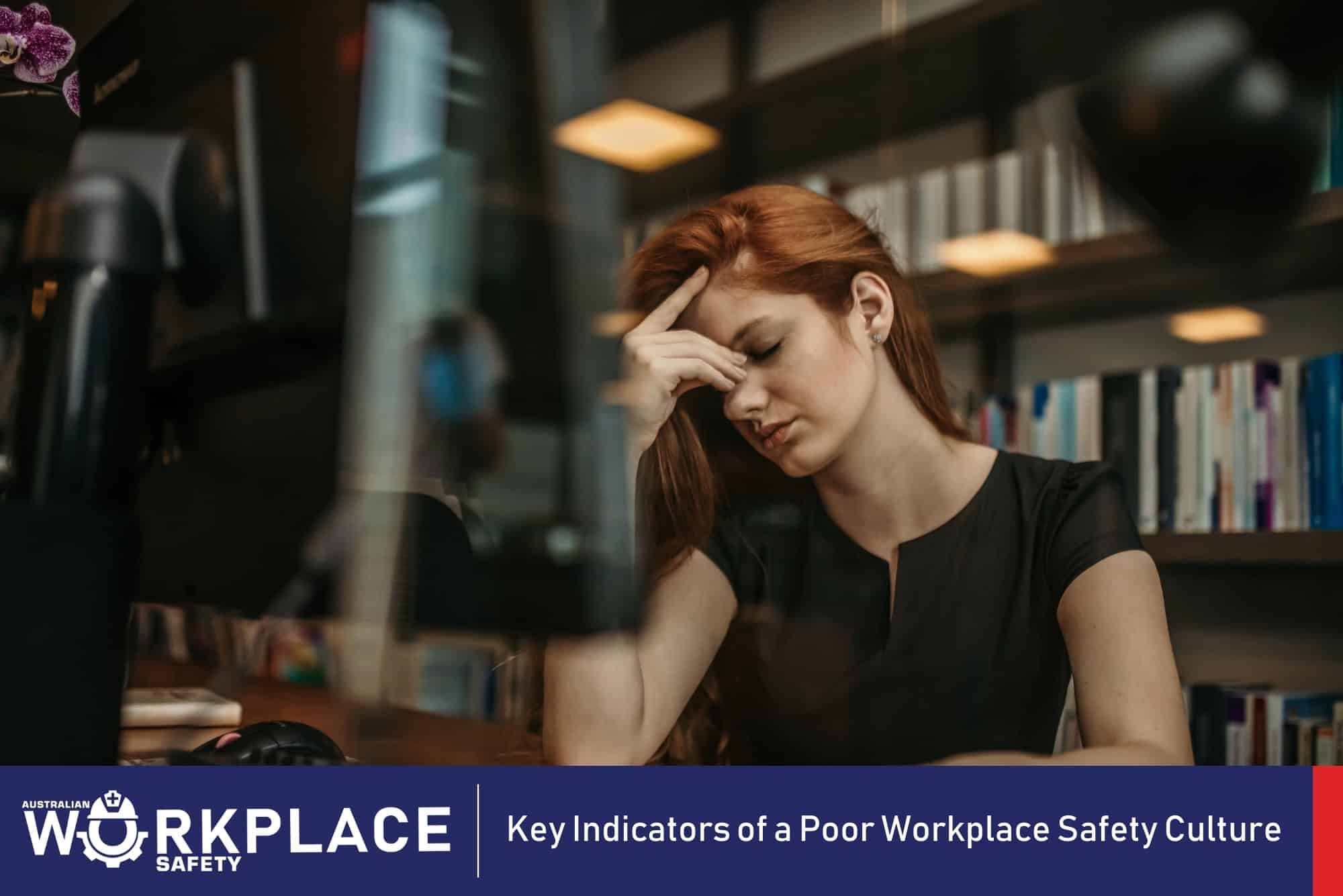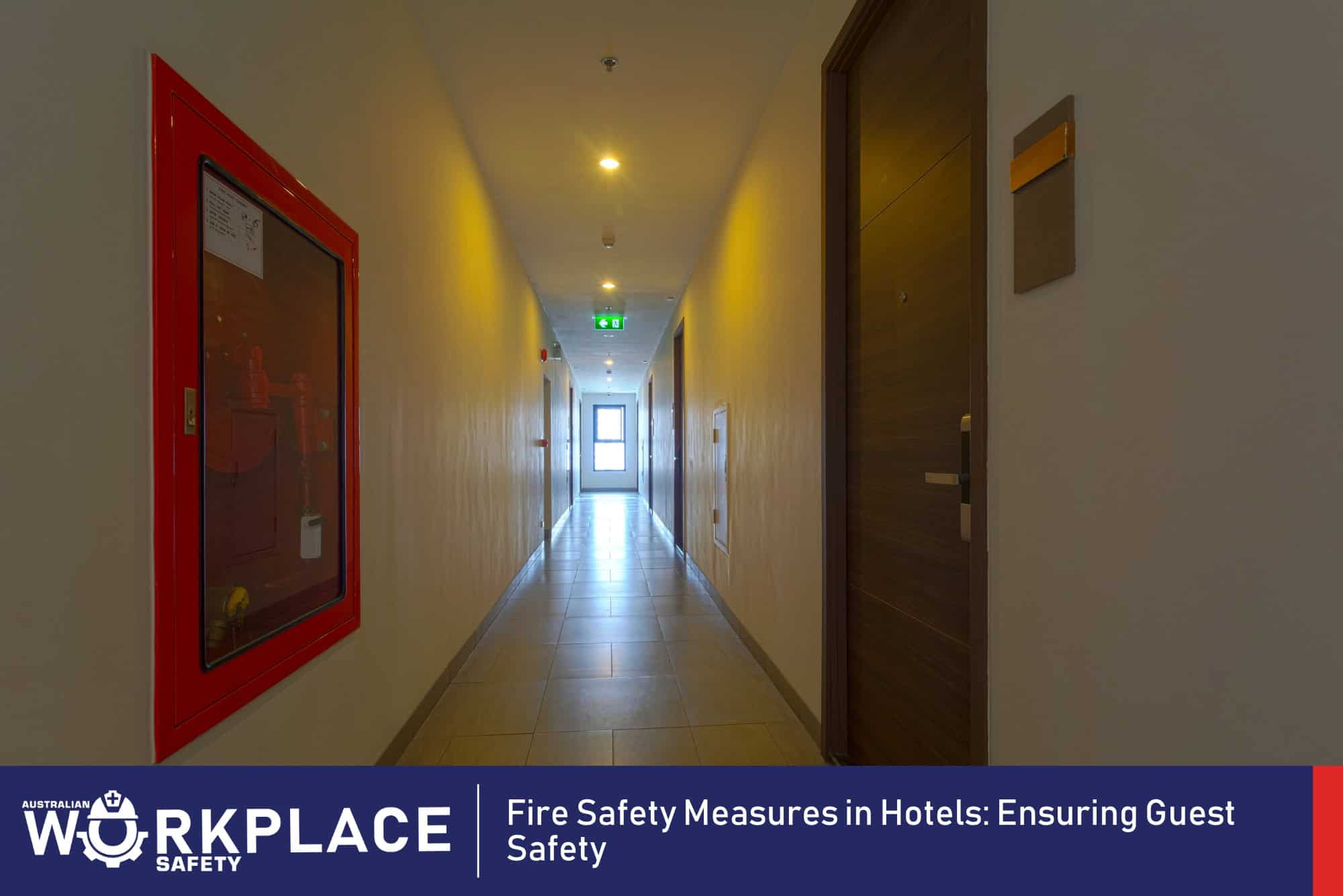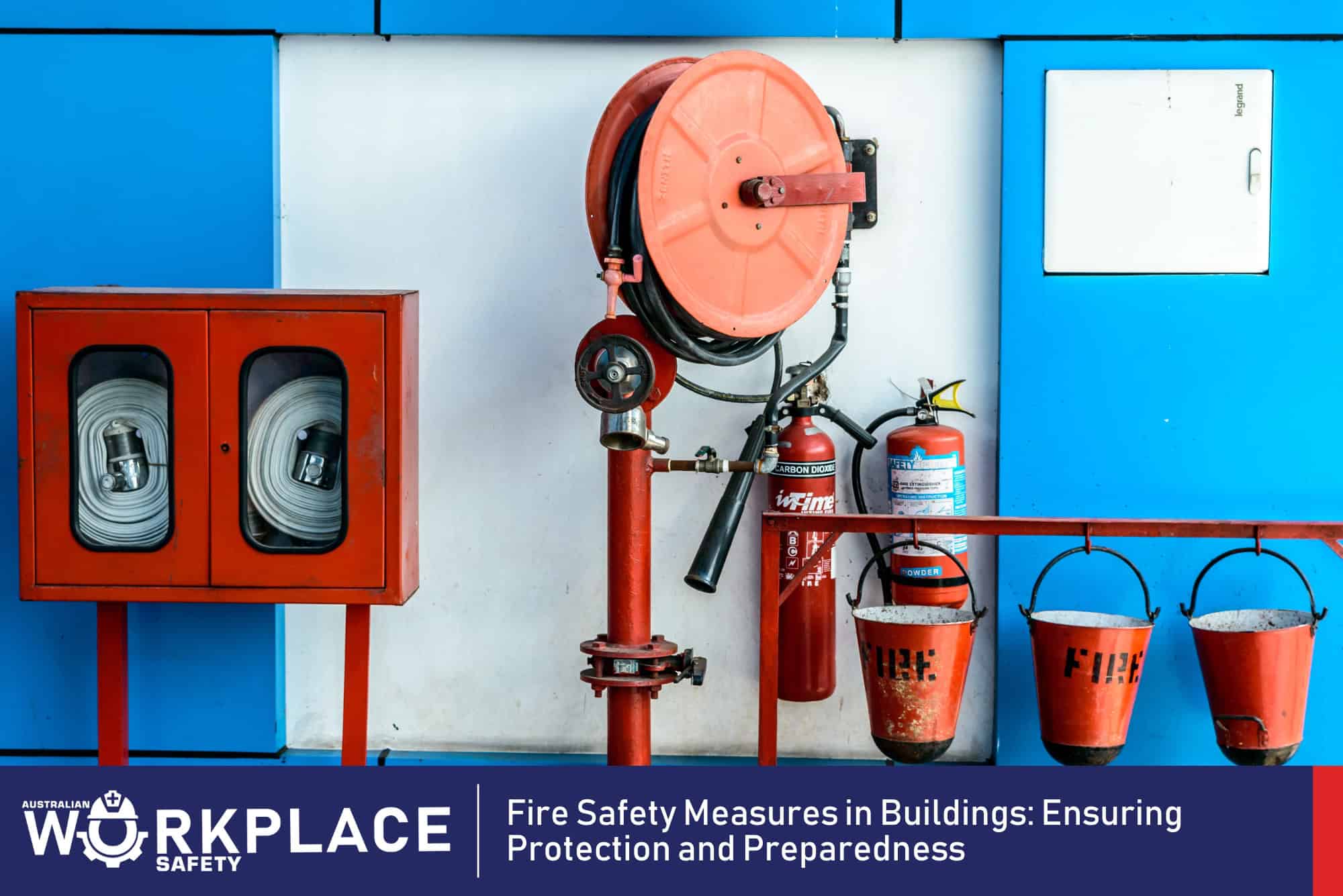Employees in the workplace face many risks; injury is one of them. It’s important to take precautions to ensure that your employees are safe not only from hazards, but from themselves as well. Preventing injuries can be difficult and requires diligent work on the part of management.
The best way to prevent work-related injuries is by creating a safe, positive environment where workers feel comfortable voicing their concerns. Of course, injury prevention doesn’t end at the workplace door – our employees also need to stay aware of hazards in and around their homes like ladders or power tools. We can help provide safety tips and resources to our employees about how they can prevent injury in their personal lives.
Here are 6 ways you can prevent workplace injuries:
- Have a plan for managing occupational injuries
- Hire qualified personnel
- Engage in routine safety inspections
- Provide safety equipment when necessary
- Create an environment where workers feel comfortable reporting hazards or potential dangers
- Educate employees about their rights and responsibilities at work
Have a plan for managing occupational injuries
Planning is an essential part of injury management. It reduces the chances that an injury will be mishandled, and it also decreases recovery time because you know exactly what to do when an accident happens.

There are tons of questions to be answered before creating a successful plan for workplace safety. These considerations will vary depending on the needs of your company and its employees.
- What is your workplace safety plan?
- Do you have a designated person who can deal with accidents on short notice?
- Are they trained in first aid or any other emergency procedures?
- What are the locations of emergency supplies, such as a fire extinguisher or defibrillator?
- Is there someone who’s responsible for making sure they’re in good working order and available when needed?
- How do you handle workplace hazards like poor lighting, slippery surfaces, loud noises and other factors that may cause accidents?
- Does your workplace have a safety committee that meets regularly and reviews potential hazards in the area, as well as providing input on updates to current policies?
- Do you make sure all managers are trained in “conflict resolution” so they know how to handle disagreements without resorting to violence or other negative outcomes?
- Do you offer “stress management” or mental health services to your employees so they can get the help they need when things become too difficult, and not end up with a workplace injury because of it?
- Does everyone at your workplace know about OSHA’s site that has additional information on safety in the work place?
- Do you offer “return to work” services for after an injury is sustained, so that people can return to their job without the risk of becoming injured again due to things like working too fast or not having proper equipment?
- Have you made a commitment when it comes to safety in your workplace by meeting OSHA requirements?
- Do you have a framework group for your workplace that sets the standards to follow when it comes to safety, like having an onsite doctor or nurse and providing training in CPR?
Having to plan everything to keep your employees safe can be stressful. That’s why you need a workplace injury management provider like the Framework group, they can help you prevent workplace injuries, monitor your employees’ safety and provide them with the resources they need to get back on their feet if an accident does happen.
Knowing that there is somebody in charge of not just preventing but also healing workers after accidents will put your mind at ease.
Engage in routine safety inspections
Routine safety inspection in one of the best way to prevent workplace injuries. This is because you can identify potential dangers before it happens and take preventive measures against them.

It is also important to have a safety checklist to follow and make sure that you go over it with your employees. You will be able to identify dangers in an easier manner and can take the necessary steps before someone gets hurt.
Hire qualified personnel
Hiring a qualified personnel is the first step to preventing workplace injuries. Ensuring that employees are trained and certified on equipment they will be using can save time, money, and lives in the long run. The personnel should be able to identify and recognize hazardous situations that could lead to an injury.
1. Provide clear instructions
Clear instructions should be provided for any task or procedure being performed by an employee at work. Clear communication helps avoid errors and confusion which can lead to workplace injuries.
2. Establish safety equipment standards
Established safety equipment standards can help workers recognize when they need to take extra precautions for their own protection and additionally, establish what tools are needed in the workplace. There should be a few steps taken before any worker is allowed on site without wearing required protective gear such as hard hats, gloves and safety glasses.
3. Maintain safety standards
The maintenance of safe workplace conditions is pivotal to preventing injuries, from vacuuming carpets for loose nails or installing hand rails in the event of a slip on wet floors to putting up scaffolding when employees need access to high shelves. A clean facility will make it more likely that workers will take care in their surroundings, looking for potential hazards.
Provide safety equipment when necessary
Providing your employees safety equipment when it is necessary will help to prevent injuries that could happen on the job. Some examples of safety equipment include gloves, goggles and earplugs.
- Gloves are worn to protect the hands and fingertips of the worker when there is a risk of cuts, burns, abrasions or chemical contamination during work.
- Safety goggles provide eye protection against dusts and flying particles that could cause injury to eyes due to contact with chemicals or other harmful substances.
- Earplugs helps to reduce the noise exposure of workers to levels below those that could cause hearing loss.
It is beneficial for workers to know how to use these pieces of safety equipment so that they are prepared in case something goes wrong.
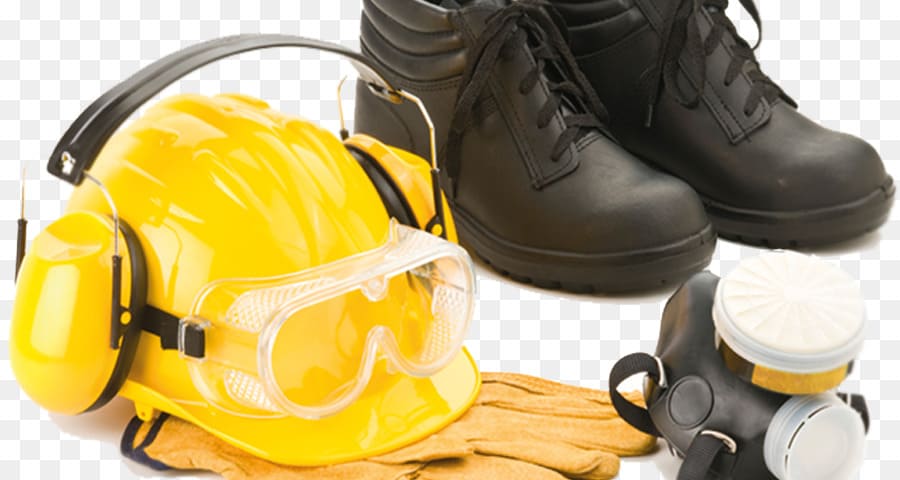
If you need help with workplace injury management, it would be best to contact a company like the Framework Group. They provide rehabilitation services and take care of occupational health needs from on-site medical clinics and safety training seminars.
Create an environment where workers feel comfortable reporting hazards or potential dangers
Having your workers report hazards and potential dangers is a key component of workplace safety. It’s important that your employees feel comfortable reporting unsafe incidents or even injuries to you without worrying about retribution, such as being fired for doing so.
- Offer rewards (i.e., food vouchers) on safety-related achievements
- Have a strong and visible presence at the workplace
- Setup feedback loops to get workers’ input on safety issues they experience firsthand
This makes it easier for them to communicate their thoughts and concerns. It will also make your employees feel valued.
Educate employees about their rights and responsibilities at work
Educating your employees about their rights and responsibilities is an important step in avoiding workplace injuries. One of the most common causes for injury at work are from slips, trips or falls which can be avoided by providing a safe environment through measures such as maintaining floors to keep them dry, free of debris and smooth surfaces.
It’s also important to provide appropriate footwear – such as wearing steel-toe boots for employees who work in certain industries.
Warn workers about workplace hazards by posting safety signs, providing hazard training and following regulatory standards is another way to avoid injuries on the job site.
Remember that injury prevention starts with educating your employees and maintaining a safe environment at all times.

